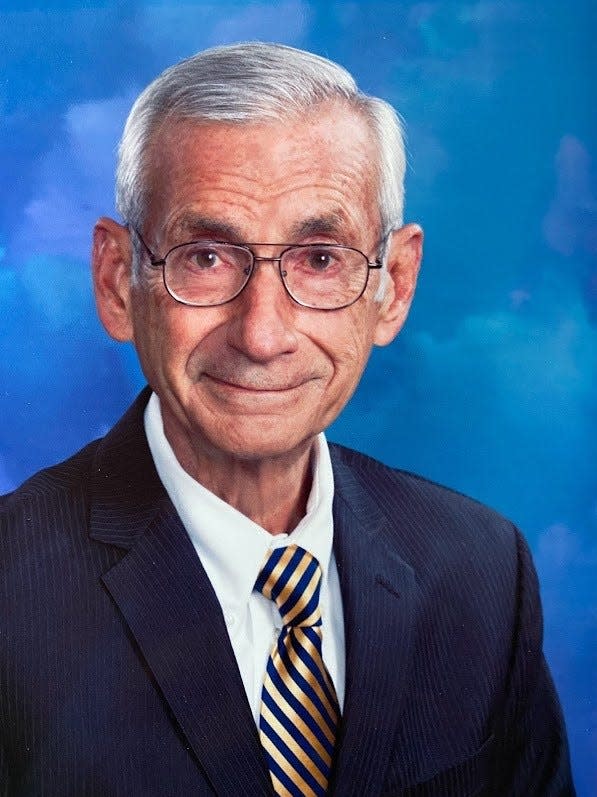What to know about strokes in young people
According to UCHealth (Nov. 15, 2023) the percentage of people ages 18 to 45 who are having strokes has been growing at a faster rate than any other age group. They note that the number of young adults having strokes in Northern Colorado has nearly doubled over the past few years.
Because of this fact, Anderson, a neurologist at the Mass. General Hospital, tells us (May 17, 2023) that health care providers should look into risk factors for strokes in young people and help them manage those risk factors more effectively – before a problem develops. Anderson notes that risk factors for stroke in young people are similar to those in older adults; high blood pressure, diabetes, high cholesterol, and obesity, all of which are becoming more common among younger Americans. He also emphasizes that there are additional “silent” risk factors for stroke in young adults, such as:
Sedentary lifestyle, with too much time working at a desk and not enough time being active.
Substance use, including tobacco, nicotine, alcohol, illicit drugs and stress.
These are all modifiable risk factors that with proper management can prevent one from having a stroke.
According to UCHealth, ischemic strokes (caused by a blocked blood vessel) account for 87% of all strokes and 60% of strokes in people under 50. Though ischemic strokes and hemorrhagic strokes occur mostly in people over age 55, there has been an increase in both types in younger people.
The CDC notes that 23% of people ages 18 to 39 have hypertension which doubles a person’s risk for stroke. There are some less common conditions that can predispose people to stroke at a young age. Those might include family history, genetic influences, or in recent times, COVID-19, which can cause abnormal blood clotting. Atrial fibrillation from many causes can increase the risk for stroke. Strokes are more common in women than men and pregnancy and birth control pills might add an additional factor. Also the risk of having a first stroke is nearly twice as high for Black people as for white people. Hispanic men are also at increased risk for stroke.
Anderson states that it is important to recognize the signs of a stroke in people of all ages, as early recognition allows one to seek help early, which can result in a good outcome. Early recognition can potentially even stop a stroke as there are many treatments that can be employed in the first few hours, to 24 hours, after the onset of a stroke. Early treatment can prevent serious complications from developing. Anderson recommends that young adults learn the “B.E.,F.A.S.T. method for stroke identification:
Balance: Are you experiencing sudden loss of balance or dizziness?
Eyes: Do you have any loss of vision?
Face: Does your face or your smile look uneven, or is one side of your face drooping?
Arm: Is one arm or leg hanging down, or do you feel weak on one side?
Speech: Are you having trouble speaking, communicating or understanding others, or is your speech slurred?
Time to call 911
According to Anderson, every minute that passes since the onset of symptoms can mean additional permanent damage to health and ability. A person with stroke symptoms should not be given any medications, including aspirin. The latter can cause potentially further harm depending on the kind of stroke one is suffering. A person with stroke symptoms should not drive, eat, drink or go to sleep.
According to Singhai, et al., Neurology Journal (Sept. 17, 2013) younger patients are less likely to utilize 911 and pre-hospital systems for stroke-like symptoms because they do not understand the great risk from a stroke.
When a person having a stroke arrives at a hospital emergency department or stroke center, a medical team should work quickly to correct and treat possible problems contributing to the stroke such as correcting abnormally high blood pressure or reversing the effects of blood thinning medications. However, even after arrival at an emergency department, the diagnosis is often delayed or missed because stroke is still considered a disease of the elderly and because young individuals may not have vascular risk factors to raise suspicion of a stroke.
After initial evaluation of a young patient with stroke symptoms, misdiagnosis is also a concern, though an early MRI study could reduce the rate of misdiagnosis. Also, about 20% to 50% of adults and children with acute stroke-like symptoms will prove to have an alternative diagnosis. Such diagnoses in young adults and adolescents include seizures, migraines, infections, brain tumors and other possibilities. A good history, physical and neurological exam can help differentiate the type or even the presence of a stroke.
A suspected stroke patient should quickly undergo a wide variety of diagnostic tests, followed by imaging tests and tests related to problems involving a variety of body organs such as cardiac ultrasound, cerebral angiography, etc.
Depending on the eventual diagnosis, reperfusion strategies can be effective and appear to be safe in young adults. However, thrombolysis or clot dissolution is approved only for those 18 years or older.
Prevention of stroke in young people by correction of risk factors is most important and should include the aggressive treatment of vascular risk factors and abstinence from recreational drug use, marijuana and of course, smoking.

Dr. Carl E. Bartecchi, MD, is a Pueblo physician and clinical professor of medicine at the University of Colorado School of Medicine.
This article originally appeared on The Pueblo Chieftain: Dr. Carl Bartecchi: What to know about strokes in young people
